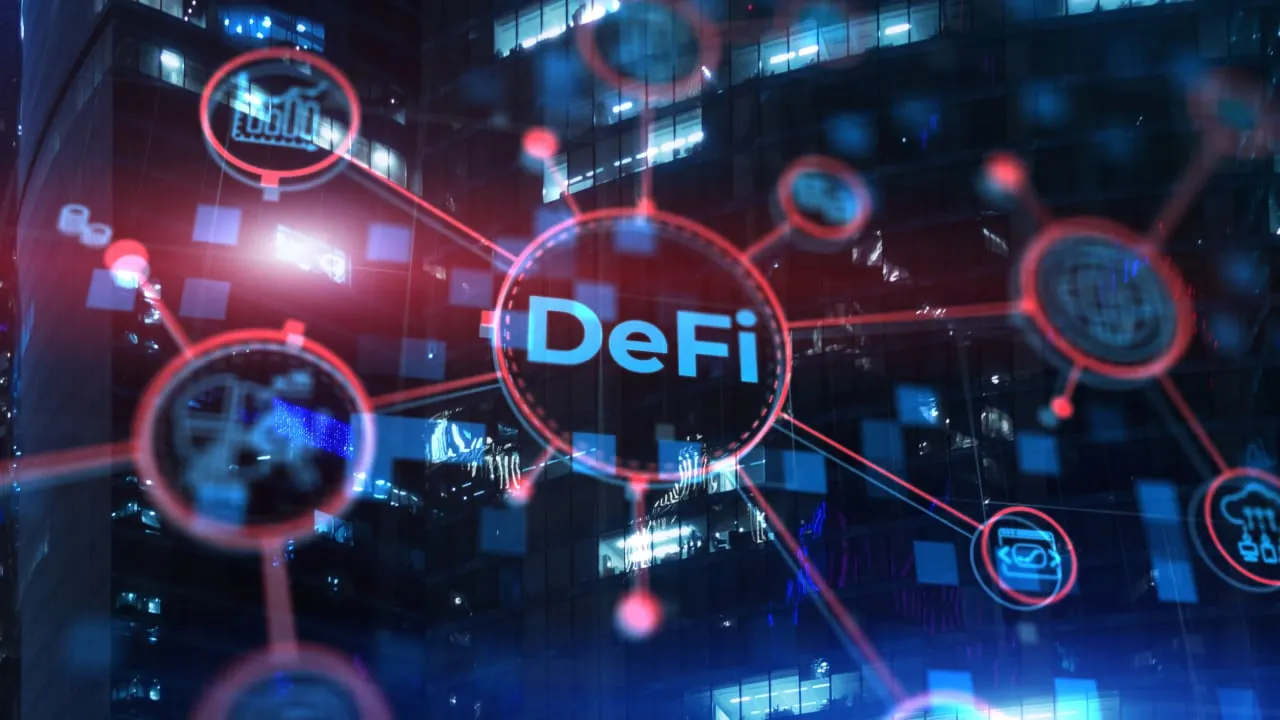Decentralized finance markets are approaching a critical inflection point as pro-crypto policy frameworks unfold under the Trump administration, according to a comprehensive BitMEX research report examining industry trends for 2025.
The report attempts to make a case for how regulatory clarity could gradually reduce legal headwinds for both established players and newcomers.
"The current environment appears more receptive to innovation than in previous years," notes the BitMEX report released late January.
BitMEX's outlook uncovers how shifting regulatory stances and increasing institutional interest could spark a "new growth phase" for DeFi—one that requires careful consideration to balance out innovation with compliance.
Lending credibility
Leading the institutional charge is lending protocol Aave, which maintains the largest Total Value Locked (TVL) among lending platforms, BitMEX said. This is supported by data from DefiLlama, which shows AAVE with just over $20 billion in TVL.
The protocol's code adoption by initiatives such as World Liberty Financial (WLF), a Trump-endorsed project, signals growing confidence in DeFi infrastructure from players both old and new, BitMEX suggests. This recognition from "influential entities" such as WLF shows Aave's "reliability and adaptability," BitMEX claimed.
This integration points to a potential convergence of U.S. monetary interests with decentralized systems.
"The new administration has given clear indicators for a positive future for DeFi and all kinds of crypto assets," Charlie Hu, CEO and co-founder of Bitcoin L2 platform Bitlayer, told Decrypt.
New token-governance policies and methods across DeFi protocols are also taking ground, with the "possibility of revenue sharing" opening opportunities for more traders and investors, Hu noted.
However, the sector also faces new challenges.
The IRS and U.S. Treasury's upcoming regulations, effective 2027, will require DeFi platforms to implement KYC procedures and report user transactions similar to what traditional brokers do—a move that could fundamentally alter DeFi's privacy-focused nature and decentralized ethos.
Earlier in January, the SEC rescinded SAB121, which required companies to record and show that they have corresponding assets if they hold crypto for users.
Emerging patterns
On the trading front, BitMEX notes how Solana-focused decentralized exchange Raydium has emerged as a frontrunner, capitalizing on the surging popularity of meme coins and AI tokens on its home chain.
The platform's strategic advantage comes from its integration with Pump.fun, which has been touted as the Solana "meme coin factory" that enabled Raydium to capture increased market share as more traders transition to on-chain trading venues.
This is not without caveats, though. Pump.fun has had a rocky past few months; in late November, reports of harm and abuse on the platform prompted it to shut down its livestream features.
“Sectors that were once solely built on innovative financial products, such as lending, liquidity, and derivatives, are now adapting to meet the needs of retail investors seeking short-term gains,” Vugar Usi Zade, COO of Bitget, told Decrypt.
As a result, DeFi projects are being “compelled to account for this shift” by launching products that try to “balance short-term returns with long-term stability,” Zade explained.
Perpetual DEX Hyperliquid represents another breakthrough, processing more trading volume than established centralized exchanges like KuCoin, Kraken, and HTX, despite fears of hacks from North Korean threat actors late last year.
BitMEX claims that the platform's success stems from its high-throughput systems and user experience improvements, factors crucial to attracting and retaining traders in derivatives markets.
New stablecoins
The stablecoin sector also shows particular promise, despite USDT and USDC's market dominance. New entrants like Usual and Ethena are pioneering hybrid models that combine price stability with speculative opportunities, BitMEX noted.
"It's important to keep our eyes open to elements such as institutional interest in DeFi protocols and blockchain infrastructure," explained Bitlayer's Hu, adding that this moment is opportune, given how the industry is "especially eager to see a Bitcoin a national reserve" that could lend credibility to DeFi and reshape how it's perceived by the establishment.
BitMEX's outlook for 2025 suggests that the indicators such as on-chain revenue, stablecoin usage patterns, and protocol adoption metrics would whether conditions in DeFi would get better over time to sustain its growth—or if the sector remains primarily driven by speculative cycles that could either "deliver lasting value or fade."

